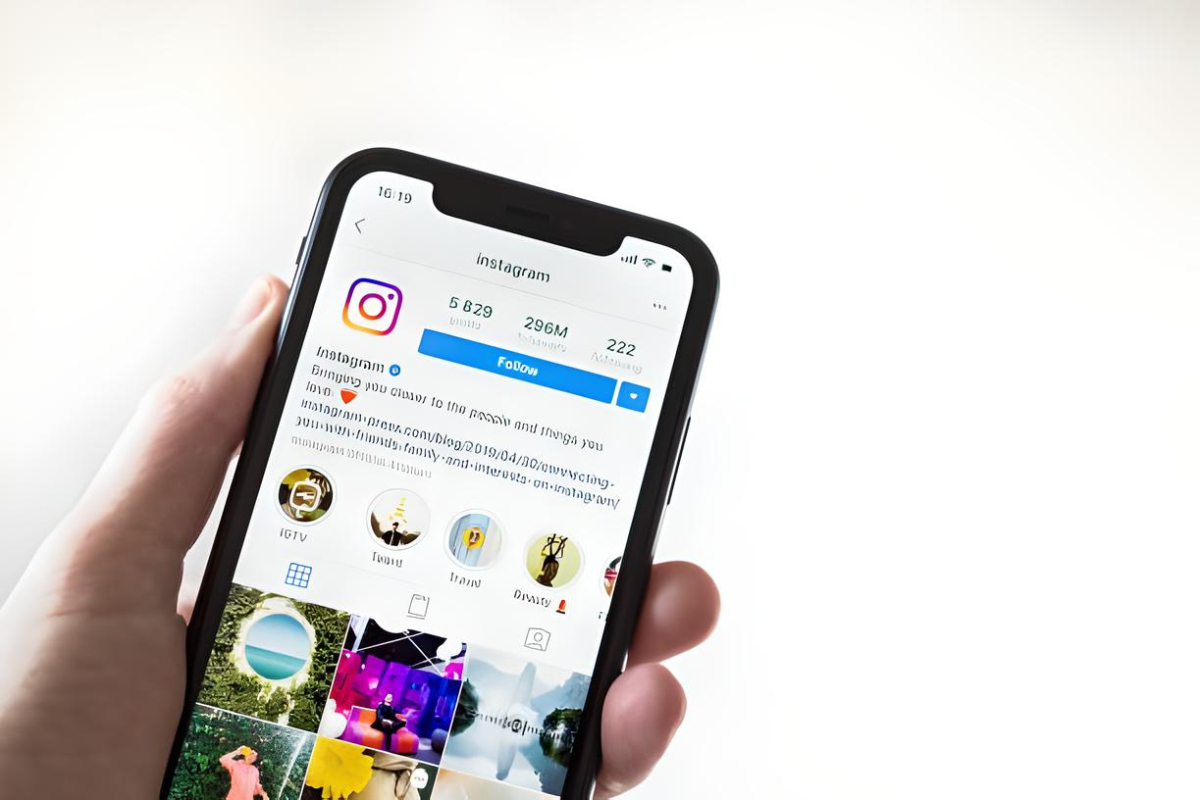
Anastasia Kor
CMO and board member of the innovative MetaFi ecosystem Choise.com
Marketing in crypto is an art, an abstraction, impressionism, and a constant experiment. The market is changing, trends are changing, and there are no universal solutions. One strategy can work for one crypto niche and be useless for another. Thus, it’s important to find a balance between creativity and a systematic approach.
That said, a few strategies can significantly boost your company’s marketing efforts. As I see it, most projects that succeed in this dynamic industry pay increased attention to their communities. Active communication between your team and audience provides crucial insights into your users’ needs and how you can fulfill them. This can make or break a project.
Besides community management, global partnerships and collaborations with influencers provide excellent opportunities for crypto marketing teams to grow their projects.
Striking Global Partnerships
At the moment, I believe the marketing strategy that can achieve the best results for cryptocurrency projects is striking global partnerships with prominent firms.
Several years ago, it was nearly impossible for most cryptocurrency projects to collaborate with a large business outside the industry. Until the last two or three years, non-crypto enterprises saw the digital asset market – and all the businesses within – as nothing more than a bubble powered exclusively by hype and speculation.
While it was trendy to call Bitcoin a fraud or a Ponzi scheme at the time, institutional investors, tech giants, and huge global enterprises are now turning to the crypto space. Instead of a threat, they are now considering cryptocurrency as an opportunity that they can take advantage of to expand their business.
Consequently, the number and scale of opportunities for collaborations between crypto and non-crypto organizations are massive. From investing in BTC and launching their own blockchains to DeFi products, branded NFTs, and metaverse services, giant corporate players are looking to get involved in every segment of the digital asset market.
The more people and corporations turn to blockchain and cryptocurrency services, the less unusual such partnerships seem. And this is already the norm.
Collaborations, high-profile world brands, new technological solutions – if you correctly assemble the mixture, “fireworks” are inevitable. However, I must emphasize that it is not enough to be in possession of these elements, as you have to put them together correctly to succeed.
The collab between Tiffany and CryptoPunks is an excellent example of how this should be done. In August, the luxury jewelry brand and the crypto project successfully launched a limited collection of NFTs and jewel-encrusted pendants available exclusively for CryptoPunk holders. After 22 minutes, all 250 of Tiffany’s NFTTiffs were sold out for 30 ETH each (worth $50,000 at the time), which buyers could redeem for a custom-designed pendant and a matching NFT artwork.
Raising $12.5 million in less than 30 minutes is proof of a successful collaboration. However, there are other cases where the inefficient assembly of the elements led to the failure of the joint project. This includes Chevy’s Corvette Z06 NFT, which couldn’t attract a single bidder on SuperRare even after the auction’s extension.
In addition to putting increased focus on the execution of collab projects, you should also consider striking partnerships with firms intending to get into crypto. While chasing the largest clients may seem enticing, such an endeavor often has more downsides than benefits if they don’t want to join the space in the first place. While their demands are high, their terms tend to be unfair. Furthermore, getting giant enterprise partners on board takes a massive amount of time and effort.
Developing Your Community
The power of the community in crypto cannot be underestimated. And sometimes, your users can help promote your project organically without spending a dime. But, you need to target the right audience to achieve this goal.
For that reason, it goes without saying that it’s important, necessary, and a must-have to dedicate your project’s resources to community development. To succeed in this field, you need a deep understanding of your audience, what they are interested in, and how you can fulfill their demands with innovative platforms.
However, you must do more here than simply communicating with your community. In addition to that, you can use product placement to maximize output. For example, you can place your project’s NFT mystery box inside a game your audience plays. If you have a fiat on/off ramp service, it’s also a good idea to put a virtual ATM in the metaverse to attract new users.
The key to success here is to use your existing community to promote your products while bringing new audiences to your ecosystem. Be different and flexible, as this will help you achieve your goals faster and more efficiently.
Promoting Your Products Through Influencers
In crypto, influencers could provide a much-needed boost to your marketing strategy. Attracting the right bloggers, evangelists, and opinion leaders can definitely play into your hands and expand your audience.
However, you have to tread carefully in this field as you can easily run into problems with regulators. We can take Kim Kardashian’s case with the US Securities and Exchange Commission (SEC) as an example here. A few weeks ago, the celebrity agreed to pay a $1.26 million fine for promoting EthereumMax to her 330 million followers.
And believe me, you don’t want to become the crypto project whose promotions through an influencer led to a SEC investigation.
Furthermore, you should also keep in mind that it’s hard to measure the ROI of influencer marketing within the crypto space. The market is quite inflated, and the return on your investments in this field is not obvious.
However, it’s a long-term game aimed at boosting brand awareness. And if that’s an objective you want to accomplish, then it should be a must-have element of your strategy.
Don’t Be Quiet During Hard Times
People appreciate it when a company shows humanity and cares about its users. For that reason, it’s a good strategy to attract a large audience, especially during times of hardship, crisis, and tragic events. The current geopolitical situation, the rising energy prices, and the looming recession makes this more relevant than ever.
If you are a major player, you cannot remain silent and continue providing services without a single mention of the ongoing crisis. It is important to support your audience and give it a place to discuss its members’ most-burning issues.
Of course, this is difficult and ambiguous. But, in my opinion, this is what can potentially work best for PR, community growth, and building partnerships. While some nations are impacted heavily by the crisis, others barely feel its effects.
But all countries will have to adjust in some way or another, and this is something that will affect every user. And if your project can help them in any way to adapt to the new conditions, then you should definitely do it.
However, you should be very careful in this field, as saying the wrong thing can easily hurt or even destroy your company’s reputation.
This strategy’s most important part is showing compassion towards people and standing with your audience during traumatic global events.
It’s Time to Focus on Your Community
No matter your goals, your marketing strategy should be centered around your audience. When they are in trouble, lend them a hand and support them. Be honest and open, understanding public sentiment to always show up on time with a new product.
While you should focus on community development, global partnerships with prominent non-crypto companies offer excellent opportunities for growth. At the same time, if you are careful enough, influencer marketing could also help raise brand awareness in the long run.









